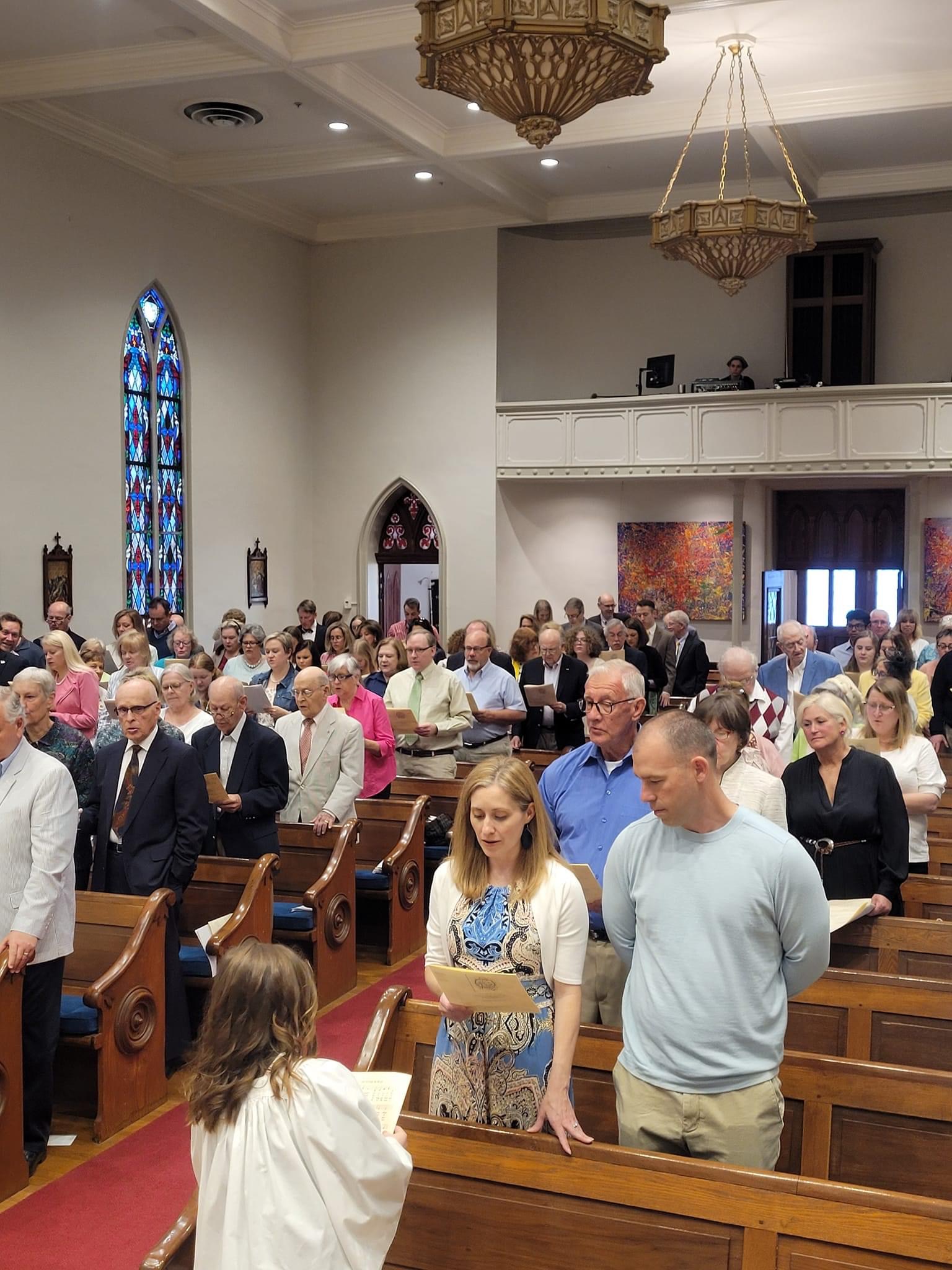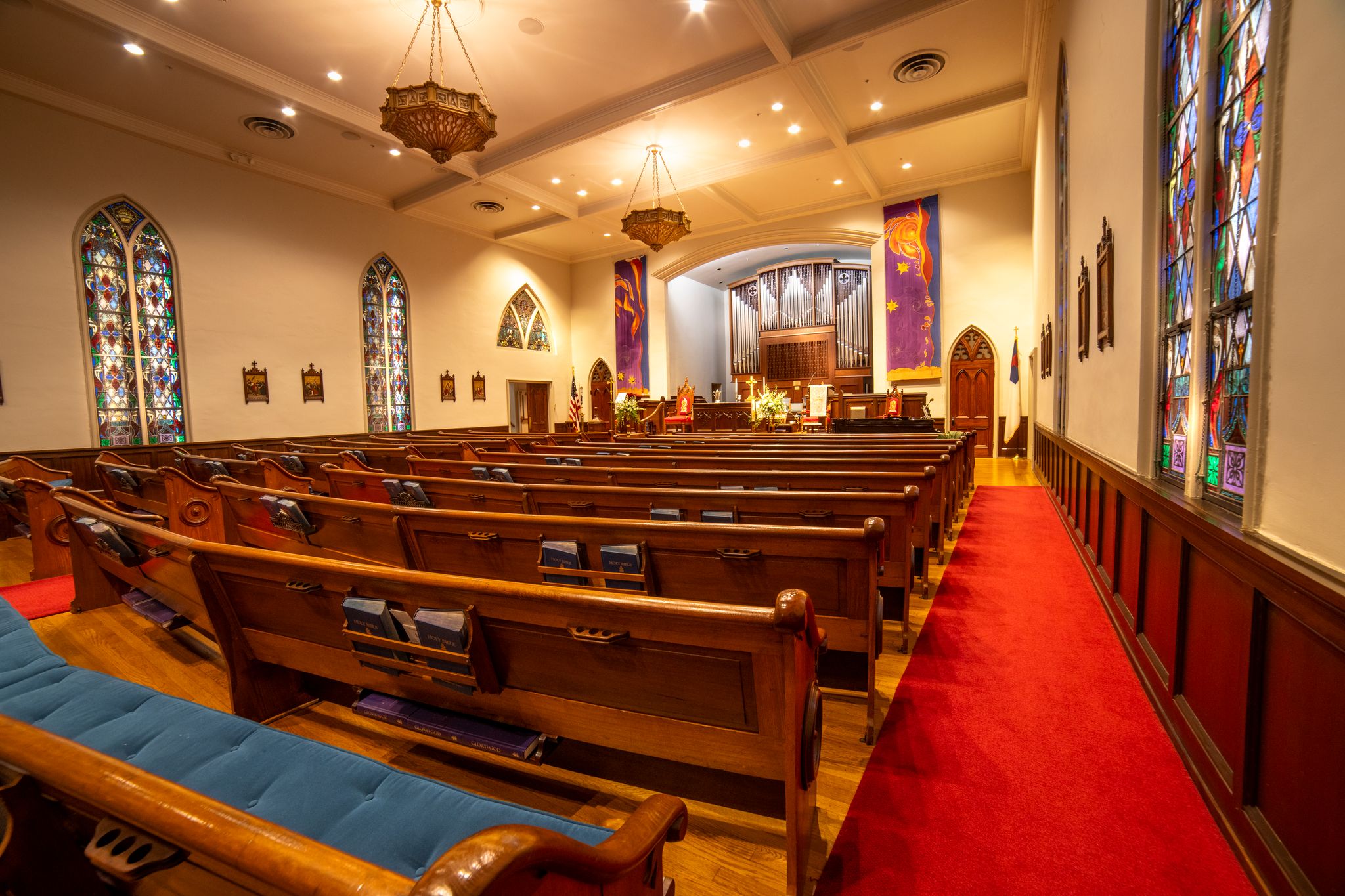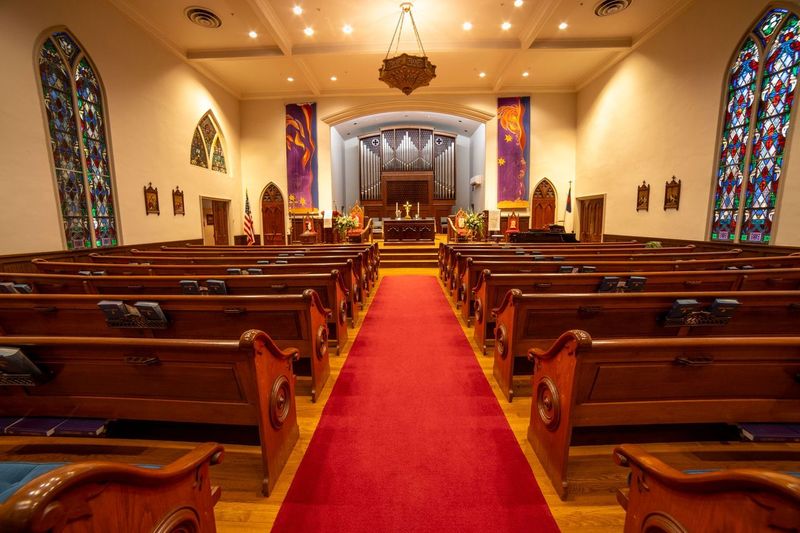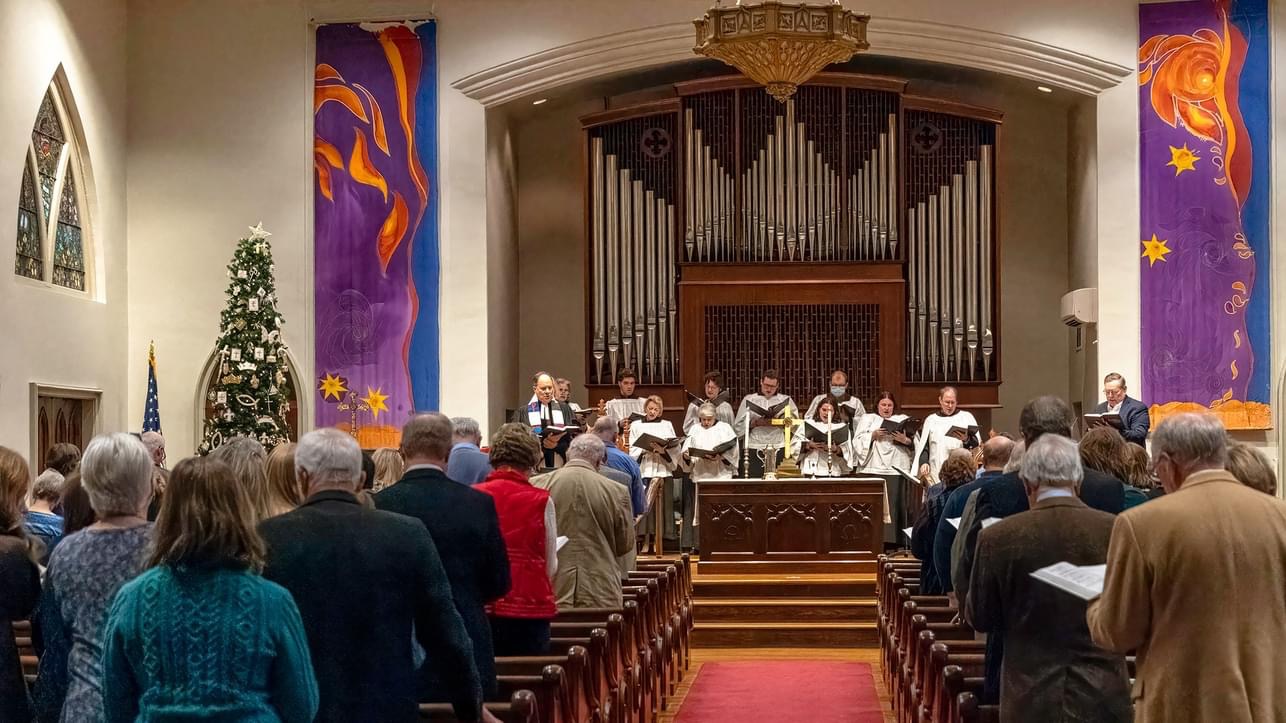A Brief History
When Reverend Joseph B. Lapsley founded the Bowling Green Presbyterian Church in 1819, the nearest established church was Caney Fork in Butler County. Ordained ministers of the denomination had visited the Three Springs area to conduct services, but none had remained. Several rural Cumberland Presbyterian congregations had formed following the fervor of the Second Great Awakening in the early 1800s, but none existed in the village of Bowling Green. Lapsley gathered the local Presbyterians (many of whom were relatives and friends from Rockbridge County, Virginia) and soon built a church in the public burying ground [now called Pioneer Cemetery and located in the block bounded by College, Center, Fifth, and Sixth Streets.] Lapsley also taught school there but unfortunately lived only four years after the founding. Session records of the early years are sparse, giving no hint of how the church came to be in the cemetery and no indication of what happened to it. By the time the congregation’s next full-time pastor arrived in 1831, the building was gone. Reverend Samuel Wilson Calvert (grandfather of popular Aunt Jane of Kentucky author Eliza Calvert Oberchain) immediately pulled together the fifty-odd members and managed to build a structure far ahead of its time architecturally and substantial enough to have survived occupation as a Union hospital during the Civil War, an 1895 fire in the steeple, two splits, three reunions, and multiple remodelings. In addition to raising the nearly $7,000 necessary to construct their sanctuary, Bowling Green Presbyterians supported an excellent female academy in the structure’s basement until 1862.
Shortly after completion of the building, the congregation split into Old School and New School factions. Nationally, the disruptive issues were in the areas of polity and theology; locally the dividing points were sectional difficulties and personalities. Between 1849 and 1858, the two “schools” had separate ministers and met on alternate Sundays in the church sanctuary. The breach was healed in 1858, just in time for the disruption of the Civil War. Although nationally the Presbyterian Church split along Union and Confederate lines, the local church did not divide until 1868. This division was not as amicable as the former, and the courts had to intervene in splitting the church’s property. Former Old School supporters formed First Presbyterian Church, U.S. (Southern) and retained the building. Prominent Unionist families, mostly New Schoolers, formed Second Presbyterian Church, U.S.A.(Northern) and moved to the corner of Eighth and Center Streets. This schism ended in 1888 with the reunion of the congregations as First Presbyterian Church, U.S.
After many years of worshiping in rural churches, Cumberland Presbyterians established a town church in 1866 under the leadership of Reverend Jesse Grider. They prospered in a substantial structure on Eleventh Street, near the corner of Center, until the 1906 national union of the Cumberland Presbyterian Church and the Presbyterian Church, U.S.A. The local congregation had mixed feelings about the reunion. The majority retained the building and became Eleventh Street Presbyterian Church U.S.A. (After 1912, they relocated to the corner of Twelfth and State Streets and took the name Westminster Presbyterian Church, U.S.A.). Those who desired to remain Cumberland built a new house of worship at the corner of College and Eleventh Streets, where they remained until their 1970 move to Campbell Lane.
Bowling Green Presbyterians proved once again to be in the forefront of the union movement when the First and Westminster Presbyterian Churches combined in 1949 to become The Presbyterian Church of Bowling Green–exactly thirty-four years ahead of the national reunion. Significant additions and alterations to the physical plant have occurred in the almost half-century since that reuniting, but the landmark sanctuary and steeple still stand as symbols of the Reformed tradition in Warren County.






